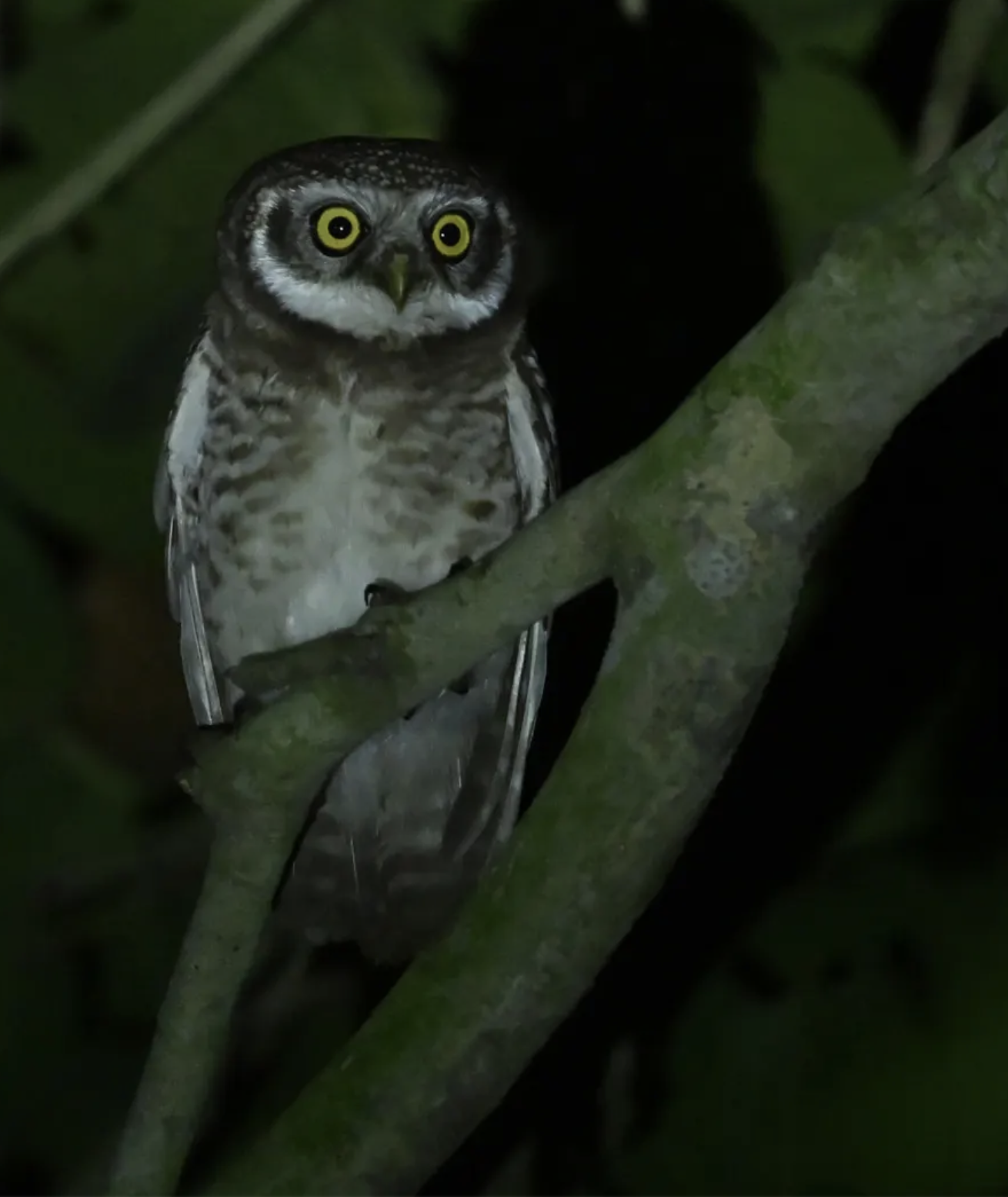Nikon Z6III Can Now Detect Airplane Precisely!
Image Credit: https://www.nikon.com.hk/zh/mirrorless-z6iii
The Nikon Z6III earns its place in history as the world's first full-frame mirrorless camera to adopt a partially-stacked CMOS sensor. This innovative design integrates high-speed processing circuits within the sensor architecture, dramatically enhancing readout speeds. Such a leap in technology translates to faster and more accurate autofocus performance, especially during continuous shooting or capturing fast-moving subjects.
Advanced Image Processing
At the heart of the Z6III’s robust performance is the EXPEED 7 image-processing engine. Shared with Nikon's flagship models like the Z9 and Z8, this processor ensures that the Z6III handles high-resolution imaging with ease. The EXPEED 7 not only boosts overall speed but also enhances image quality, reducing noise and allowing for superior low-light performance.
Image Credit: https://www.nikon.com.hk/zh/mirrorless-z6iii
Comprehensive Subject Detection
Building on the AI capabilities, the Z6III’s autofocus system includes enhanced subject detection modes that cover a broad range of subjects from people and animals to vehicles and airplanes. This versatility is crucial for photographers who work across different genres and face varied subjects in their assignments.
People Detection
AI-driven people detection is engineered to recognize and focus on human subjects quickly and accurately. This mode is particularly beneficial for portrait and event photographers who need to capture clear, sharp images of subjects in motion or in crowded environments. The AI system distinguishes between individuals in complex scenes, ensuring that focus is maintained on the primary subject, even in dynamic environments. Z6III can detect human faces that fill as little as 3% of the frame and can do so even in challenging lighting conditions such as backlit scenes. This level of sensitivity and accuracy ensures that photographers can rely on the Z6III to capture crisp, focused portraits in almost any environment.
Image Credit: https://www.nikon.com.hk/zh/mirrorless-z6iii
Animal Detection
The Z6III's animal detection mode showcases AI’s ability to adapt to different forms of life. This mode specifically recognizes dogs, cats, and birds, making it an excellent tool for wildlife and pet photographers. AI algorithms analyze patterns, shapes, and movements that are characteristic of these animals, enabling the camera to lock focus on them swiftly, essential for capturing animals in motion or in natural habitats.
Image Credit: https://www.nikon.com.hk/zh/mirrorless-z6iii
Vehicle Detection
Vehicle detection in the Z6III covers a broad range of subjects: cars, motorbikes, trains, airplanes, and bicycles. Each vehicle presents unique challenges, from the reflective surfaces of cars and motorbikes to the rapid movement of bicycles and airplanes. AI assists by identifying these vehicles based on their distinctive features and movement patterns. For sports and transportation photographers, this means being able to capture crisp images of fast-moving subjects with high precision.
Airplane Mode
Dedicated airplane detection is particularly innovative, as it requires the AI to recognize and track high-speed objects at significant distances. This mode is invaluable for aviation photographers who require accurate tracking of airplanes across the sky. The AI assesses the speed and trajectory of the aircraft, adjusting the focus continuously to keep the airplane sharp in the frame.
Auto Mode
Auto mode employs AI to automatically select the appropriate subject detection based on the scene's characteristics. It scans the environment, assesses the types of subjects present, and chooses the best focus mode. This is especially useful in unpredictable or rapidly changing environments where the photographer may not have time to manually switch focus modes.
How AI Enhances These Capabilities
The Nikon Z6III’s AI is grounded in deep learning algorithms trained on thousands of images. This training allows the AI to recognize patterns and details that are typical of specific subjects. For instance, the shape and movement of birds are distinctly different from those of airplanes, and AI uses these distinctions to focus accurately. Moreover, AI integration facilitates real-time processing and adjustments. As the scene changes, the AI evaluates the new information and can switch focus modes if necessary. This adaptability is critical in dynamic shooting scenarios, such as at sports events or in nature photography, where the subjects may quickly enter or leave the frame.
Source: https://www.nikon.com/company/news/2024/0617_imaging_01.html




